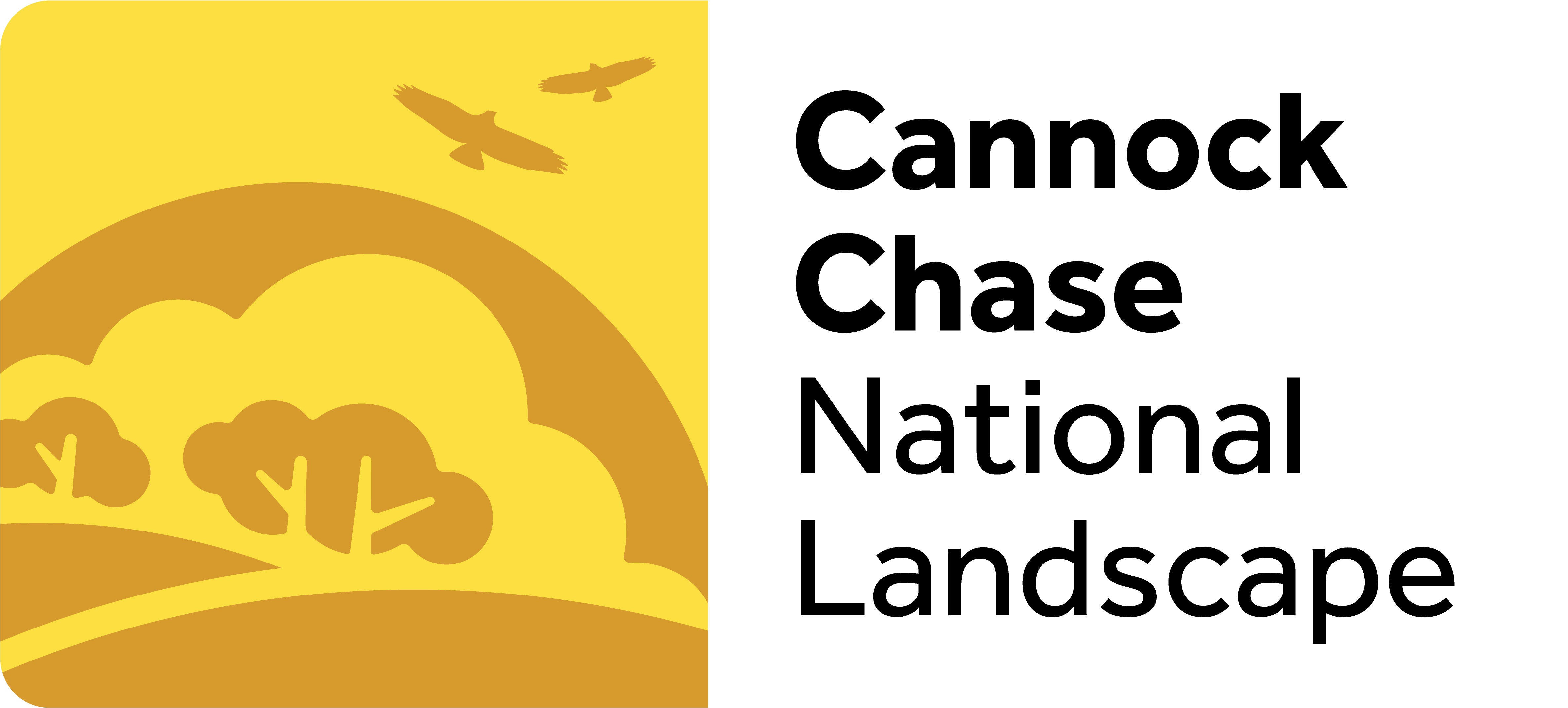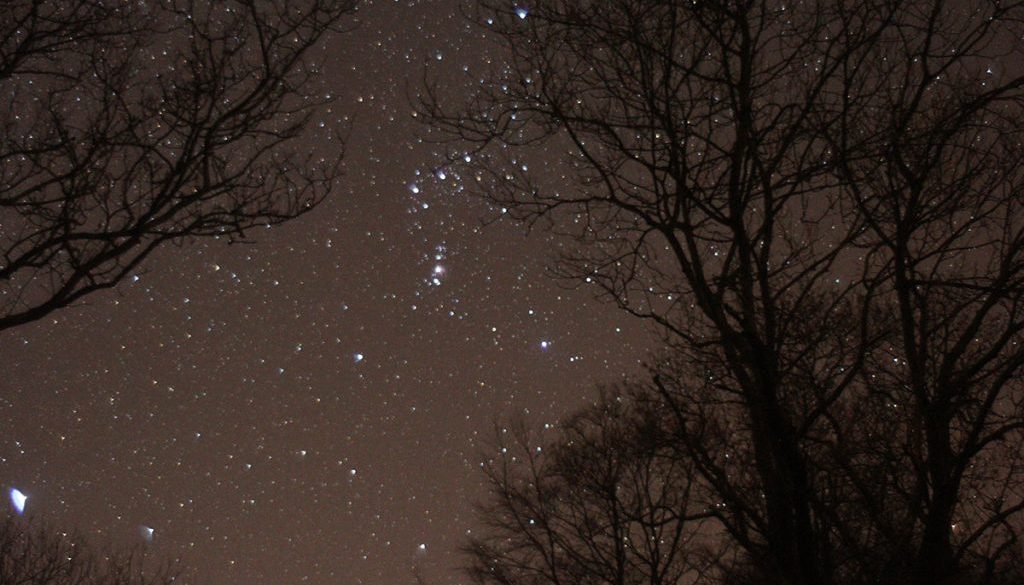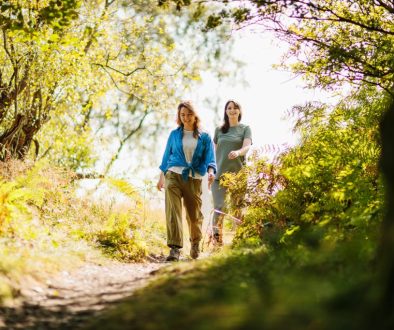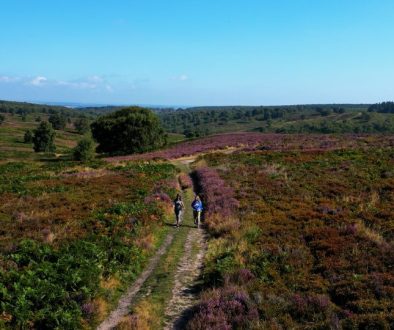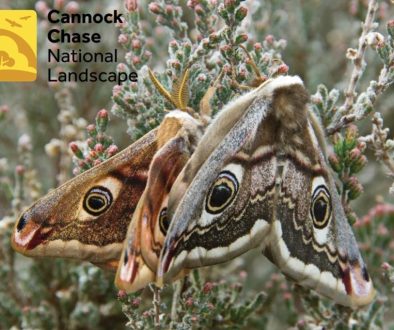Star Count 2021: count the stars and help to save them
This February the AONB, together with the countryside charity CPRE, are inviting everyone to take part in Star Count 2021, a fun and easy way to enjoy the wonders of the universe.
Dark starry skies are a magical sight, but glare from streetlights and buildings can mean that many of us don’t get to see them. Just 3% of people in England experience ‘truly dark skies’. Locally, Cannock Chase has the highest levels of light pollution of all England’s 34 Areas of Outstanding Natural Beauty (AONBs). The AONB is affected by light spillage from nearby towns, but remains an oasis of darkness relative to the surroundings. Cannock Chase AONB wants to conserve its dark skies for people to enjoy and for nature to thrive, and as part of a wider project is joining with CPRE this year to study our starry skies. You can find out more about the AONB’s Dark Skies project on our website.
If you live in or around Cannock Chase AONB we need your help to count the stars, and we hope you will join CPRE’s Star Count. Anyone can take part in the survey by choosing a clear night between 6-14 February and counting the number of stars they can see within the constellation of Orion. It’s easy to do, and does not require a telescope or any other equipment. This year CPRE is asking everyone to take part from home: from a garden, balcony, doorstep or even bedroom window. It’s a family-friendly activity that’s quick and easy to do, even during lockdown, and can help more of us experience the beauty of a starry sky.
The results will help CPRE create an interactive map of the nation’s view of the night sky. Locally the results of this cosmic census will help the AONB Partnership in their work to reduce light pollution and keep the night skies above Cannock Chase special.
Councillor Frances Beatty, Chair of Cannock Chase AONB Joint Committee, commented:
“The amount of artificial light from growing conurbations surrounding Cannock Chase is damaging its natural world and reducing our ability to see dark skies. The need to protect and restore the rhythm of night and day has never been more urgent and we want decision makers to address artificial light pollution in their policies for the AONB and its surroundings. Plants and animals depend on the circadian rhythm of light and dark to govern life-sustaining behaviours such as reproduction, food, sleep and protection from predators. Artificial light has negative effects on many creatures, including amphibians, birds, mammals, invertebrates and plants, which impacts on the sensitive habitats on the Chase. Darkness at night should be an integral part of its landscape, adding to its tranquillity and sense of remoteness. We want to ensure that our skies don’t get any lighter, and that looking up at a starry sky is something we can continue to experience and enjoy.”
Crispin Truman, chief executive of CPRE, the countryside charity, said:
‘A starry night sky is one of the most magical sights the countryside can offer, connecting us to the nature we all love and the wonders of the wider universe. Dark skies are also crucial for our health and for that of wildlife. Lockdown and the coronavirus have reminded us about how good for us the countryside can be.
‘But many places suffer from light pollution, bleaching out the night sky. We want to change this. By taking part in Star Count, people will be contributing to citizen science, helping us to lobby the government for more protection of this too often overlooked, but vital, part of our countryside’.
For more information about how to take part in the Star Count and to download a free family activity pack, visit CPRE’s website.
